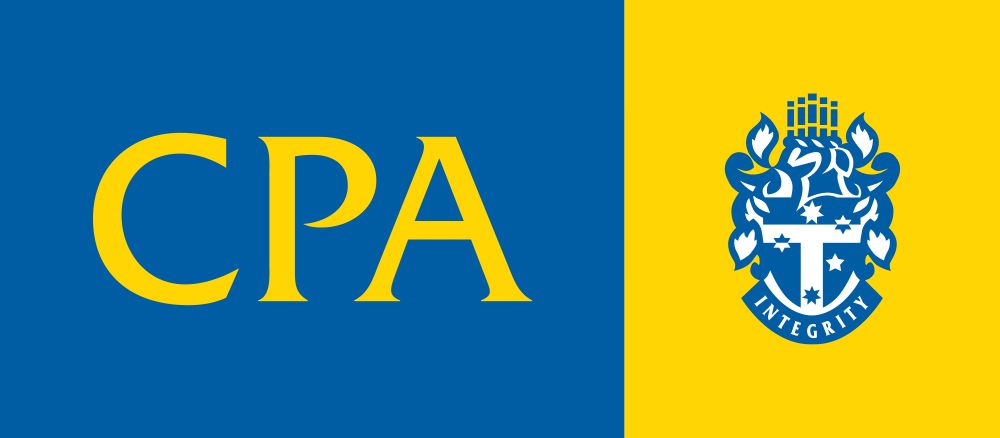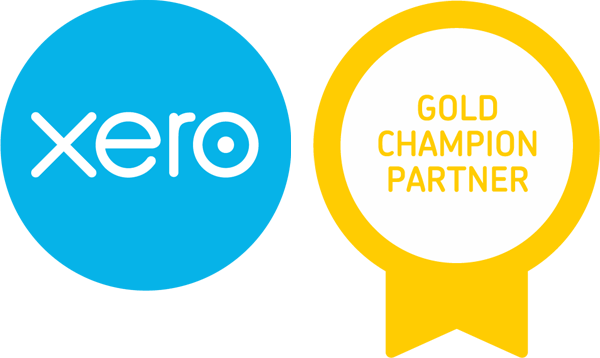
Phone: 08 9842 5155
Articles

Articles
Contact Us
Office Location
234 Stirling Tce
Albany, WA 6330
Australia
Postal Address
PO Box 5445
Albany, WA 6332
Australia
Secure Client Login
CPA Australia
 Partner Logo Name
Partner Logo Name
We're proudly partnered with...
 MYOB
MYOB
 Xero
Xero
 employsure
employsure
Copyright Smith Thornton ©
| Site map
| Privacy Policy
| Websites for accountants by Wolters Kluwer










